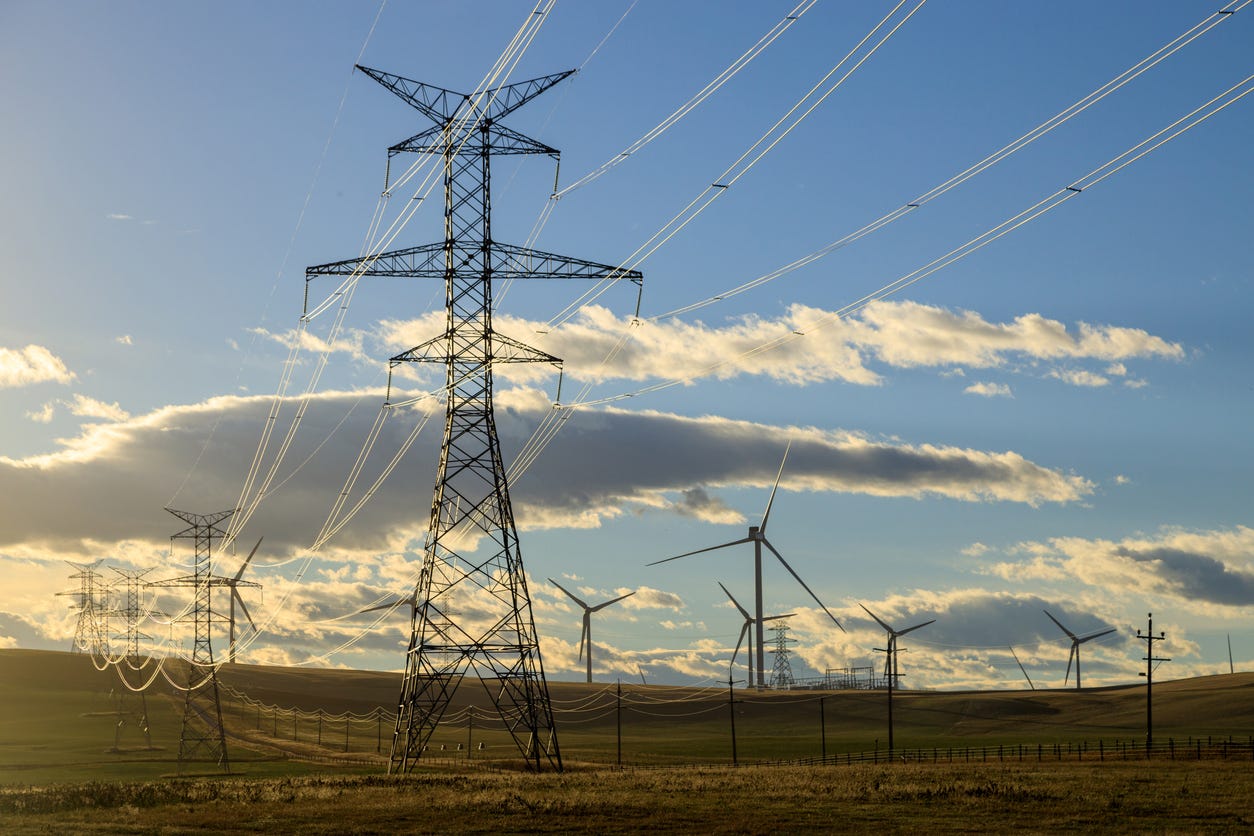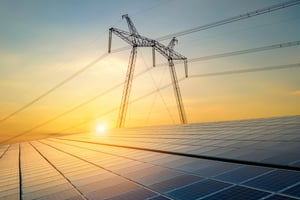Introduction
Challenges and Innovations to Expand Energy Transmission

In a recent statement, Keisuke Sadamori, the Director for Energy Markets and Security at the International Energy Agency (IEA), warned of a looming global energy demand surge, potentially reaching three times the current electricity consumption of Germany by 2024. The United States experienced a substantial 2.6% year-on-year increase in demand in 2022. This escalating demand underscores the urgent need to expand and adapt our transmission infrastructure. This article explores the pivotal role of energy transmission infrastructure, the formidable challenges tied to its growth, and the innovative solutions emerging to address these pressing issues.
The Importance of Energy Transmission Infrastructure
Energy transmission infrastructure is the invisible highway that carries electricity from power generation sources to our homes and industries. The power lines and substations network ensures the lights stay on and the machines keep running. Its importance cannot be overstated. Without a robust energy transmission network, modern life as we know it would grind to a halt.
While expanding energy transmission infrastructure is crucial to meet growing demand, it must be done carefully to address environmental concerns. The construction and operation of power lines can have significant environmental impacts, including habitat disruption and carbon emissions. Striking a balance between expansion and environmental conservation is a complex challenge that requires innovative solutions.
Challenges in Expanding Energy Transmission Infrastructure
Land Acquisition and Right of Way Issues:
Acquiring land for energy transmission projects can be a legal labyrinth. Land ownership disputes, historical property rights, and conflicting interests among stakeholders can lead to prolonged legal battles and project delays. According to a study by the Edison Electric Institute (EEI), 40% of utility executives consider land acquisition challenges a top obstacle.
Environmental and Community Opposition:
Energy transmission projects often face resistance from environmental groups and local communities concerned about potential negative impacts. Opposition can result in protests, legal challenges, and regulatory obstacles. Building trust and addressing community concerns are essential for project approval.
Aging Infrastructure:
Much of our existing energy transmission infrastructure is aging and needs upgrades. The U.S. Energy Information Administration (EIA) reports that nearly 70% of U.S. high-voltage transmission lines are 25 or older. Maintaining the reliability and efficiency of these aging assets while expanding the network is a significant technical challenge.
Grid Resilience and Reliability:
Ensuring the resilience and reliability of energy transmission grids is paramount. Extreme weather events, cyberattacks, and other disruptions can cause widespread power outages, leading to economic losses and public inconvenience. Enhancing grid resilience requires investments in technology, redundancy, and disaster preparedness.
High Capital Costs:
Expanding energy transmission infrastructure involves substantial capital investments. According to the American Society of Civil Engineers (ASCE), the U.S. needs over $640 billion in additional infrastructure investment by 2025 to meet energy demand. The high costs associated with transmission projects can pose financial challenges for utilities and governments.
Regulatory Barriers:
Navigating the regulatory landscape can be cumbersome, with various permitting and compliance requirements at federal, state, and local levels. Regulatory hurdles can lead to delays, cost overruns, and uncertainties for project developers. Streamlining regulatory processes is essential to expedite infrastructure expansion.
Enabling AI to Expand Energy Transmission
Data Integration and Analytics: Data is the lifeblood of grid optimization. AI technologies can collect and analyze data from various sources, including sensors, satellites, weather forecasts, and grid operations. This integrated data allows grid operators to make informed decisions in real time.
Machine Learning for Grid Optimization: Machine learning algorithms can optimize the operation of energy transmission grids. They can predict demand patterns, identify potential faults, and optimize electricity routing through the grid to minimize losses and improve reliability.
Predictive Analytics for Maintenance: AI-driven predictive analytics can forecast equipment failures and maintenance needs, enabling proactive maintenance efforts. That reduces downtime, extends the lifespan of grid assets, and enhances overall grid reliability. Predictive maintenance can result in cost savings of up to 30% compared to traditional reactive maintenance.
Autonomous Grid Management: AI-powered grid automation can facilitate autonomous grid management, where intelligent algorithms control grid operations in real time. That includes the ability to reroute power, respond to outages, and optimize the grid for renewable energy integration. Autonomous grid management enhances grid stability and resilience.
Real-time Monitoring and Control: AI enables real-time monitoring of grid conditions and the ability to control various aspects of the grid remotely. This level of control enhances the ability to respond to changing conditions, integrate renewable energy sources, and reduce energy losses during transmission.
Environmental and Social Impacts
Innovations in energy transmission technology can help reduce the environmental footprint of infrastructure expansion. High-voltage direct current (HVDC) transmission lines, for instance, have lower losses over long distances than traditional alternating current (AC) lines, reducing energy wastage and associated carbon emissions. Additionally, AI-driven grid optimization can better minimize the need for new infrastructure by using existing assets.
While technological advancements are crucial for expanding energy transmission infrastructure, sustainability must remain a priority. Environmental impact assessments, habitat restoration, and carbon mitigation strategies should be integrated into energy transmission projects. It is essential to balance the benefits of technological innovation with a commitment to environmental and social responsibility.
Future Prospects
Looking ahead, the future holds exciting prospects for further advancements in integrating AI and renewable energy within the energy transmission sector. AI algorithms will continue to evolve, enabling more precise demand predictions, improved grid optimization, and increased grid resilience. As renewable energy sources expand, AI will be pivotal in efficiently managing their variability.
Sustainability will take center stage in the expansion of energy transmission efforts. The industry will increasingly prioritize reducing environmental impacts, fostering community engagement, and embracing renewable energy sources. Achieving sustainable energy transmission will demand ongoing collaboration, innovation, and a steadfast commitment to responsible infrastructure development.
Expanding energy transmission infrastructure remains a complex yet essential endeavor. It's crucial to meet the rising energy demands of our modern world while safeguarding the environment. Integrating AI technologies presents innovative solutions to these challenges, emphasizing the importance of innovation and collaboration in addressing the energy sector's evolving needs.
Interested in exploring practical examples of AI in energy transmission? Visit our Use Cases page to learn more.


